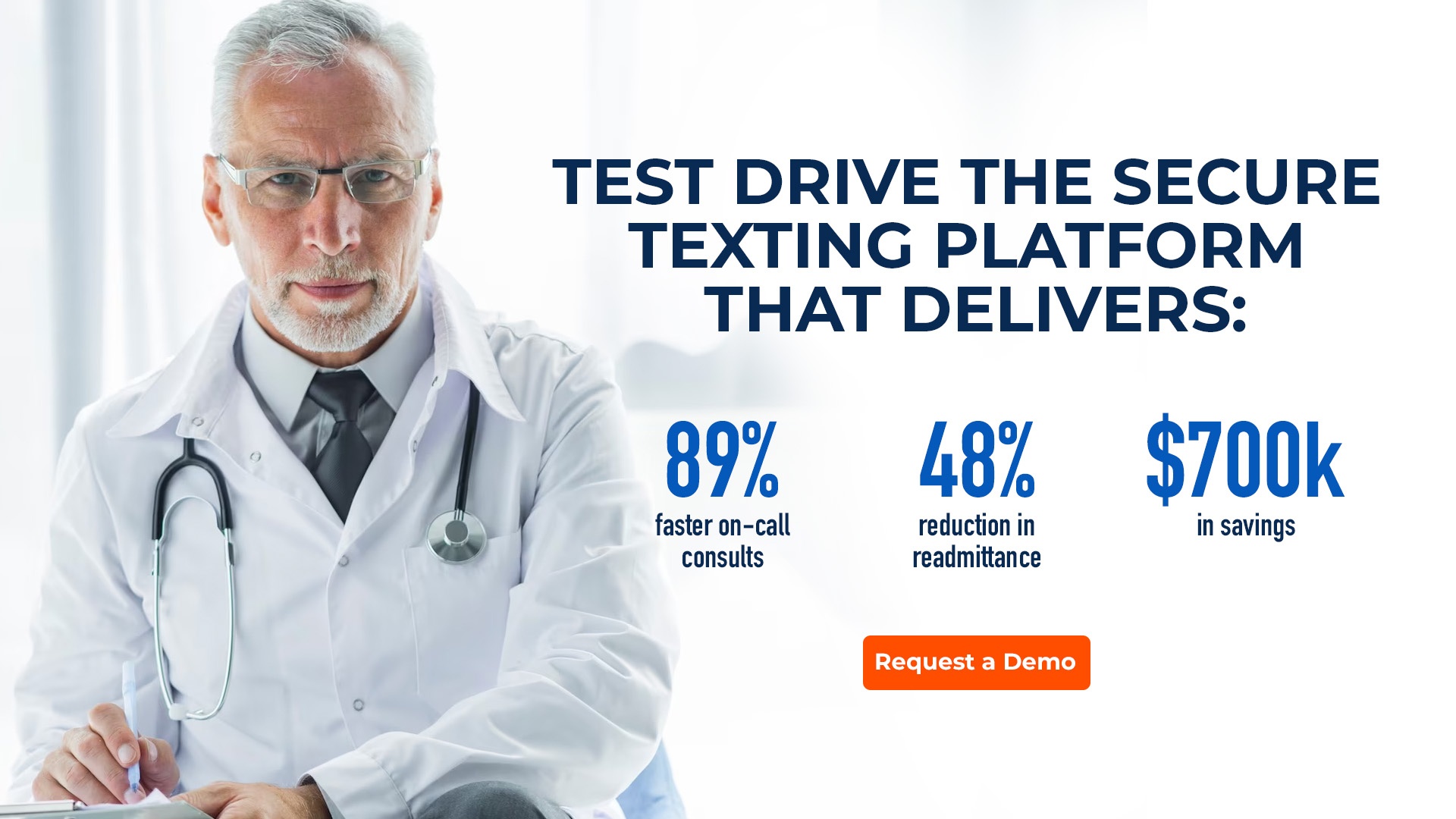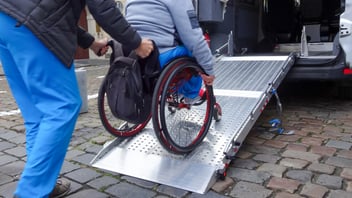Hospital at Home: The basics

Hospital at Home is a care model that has been in use for more than two decades, but the growth in telehealth during the pandemic has pushed it to the forefront. It was started in 1995 by Dr. John Burton at Johns Hopkins School of Medicine and Dr. Donna Regenstreif of The John A Hartford Foundation to provide safe and effective hospital care in the home.
The effect of COVID-19
The demands of COVID-19 on hospital admissions has led to rapid growth of Hospital at Home. According to research from Forrester, the number of hospitals using this care model will triple in 2022.
A big driver is the federal government’s support of Hospital at Home. In November 2020, the Centers for Medicare & Medicaid Services launched the Acute Hospital Care at Home Program, a waiver program that allows approved providers the flexibility to provide acute medical services in patients’ homes. As of March 4, 2022, 92 health systems, 203 hospitals in 34 states, have gained federal approval from CMS to provide acute care at home.
Why Hospital at Home?
According to Johns Hopkins Healthcare Solutions, Hospital at Home was developed for the care of acutely ill older adults in their home with the goal of improving outcomes, reducing health care costs, and enhancing the patient experience.
Patients who may be eligible for Hospital at Home include those with illnesses such as community-acquired pneumonia, congestive heart failure, chronic obstructive pulmonary disease, cellulitis, volume depletions/dehydration, urinary tract infection/urosepsis, deep venous thrombosis, and pulmonary embolism. About 30% of patients who have these targeted medical conditions qualify for Hospital at Home.
Factors that would rule out a patient for Hospital at Home include pulmonary congestion associated with ischemic chest pain; the presence of an acute coexisting illness requiring hospitalization independent of the target conditions; and significant pulmonary congestion after initial treatment.
Additionally, patients must enter a Hospital at Home program from either an emergency department (ED) or an inpatient hospital setting, according to CMS.
Success stories
Johns Hopkins found that the program led to lower rates of mortality, reduced usage of delirium sedative medications and restraints, better patient and family satisfaction, reduced caregiver stress, and cost savings of 19% to 30% compared to traditional inpatient care.
Leadership at IU Health, a leading academic health system, said that implementation of Hospital at Home resulted in a 50% reduction in readmissions for patients in the program. Since unnecessary hospitalizations were averted, Hospital at Home paid for itself with just 1 or 2 patients in the program.
Care team challenges
A meta-synthesis of studies that examined patients’ and providers’ attitudes towards Hospital at Home programs found an overall favorable view of these programs, but also some challenges.
Shortcomings in EHR integration with Hospital at Home was a frequent challenge, resulting in difficulties sharing data between different care teams that needed to collaborate for a successful program. And due to miscommunication within these interdisciplinary teams, there was evidence of frustration from clinicians.
Other programs found that remote monitoring could be disruptive to patients’ daily lives, accompanied by technical issues with telehealth consultations.
How Backline makes Hospital at Home a success
Backline is a HIPAA-secure messaging platform that provides seamless clinical collaboration in real time for Hospital at Home care teams. From the moment a patient is admitted to Hospital at Home, Backline provides a virtual workspace where team members participating in the patient’s care can exchange information in real time and develop a plan of care.
Backline brings together everyone who cares for the patient, from nurses who remotely monitor the patient at home 24/7, to those doing in-home visits and remote assessments.
Clinicians review Backline
Clinicians have praised Backline, stating that the virtual rooms and real time communication significantly contribute to the success of Hospital at Home.
“I enter an order and all of a sudden someone responds…no back and forth phone calls,” one clinician said.
Another clinician noted that “Before Backline, whoever held or answered the pager, held the vital information…now it is shared information.”
“Now with Backline, 7 to 8 nurses get on one report in the virtual room,” a nurse practitioner said.




